The decorative plum tree, often celebrated for its stunning blossoms and vibrant foliage, is a splendid choice for enhancing landscapes and gardens. In this comprehensive guide, we’ll delve deep into the art of cultivating and caring for decorative plum trees, sharing personal experiences, practical tips, and engaging insights. Whether you’re a seasoned gardener or just starting out, this article will equip you with all the necessary information to grow your very own decorative plum tree.
What is a Decorative Plum Tree?
The decorative plum tree, scientifically known as Prunus cerasifera, is primarily grown for its beautiful flowers and attractive leaves rather than for fruit production. This small to medium-sized tree is part of the rose family and can be found in various cultivars, each presenting unique colors and features. The tree typically blooms in early spring, showcasing an array of pink or white flowers that captivate onlookers.
Common Types of Decorative Plum Trees
- Cherry Plum – This type features striking pink blossoms and yellowish-brown fruit.
- Purple Leaf Plum – Known for its dark purple foliage and pink flowers.
- Thunberg’s Cherry Plum – A smaller cultivar with white flowers and edible fruit.
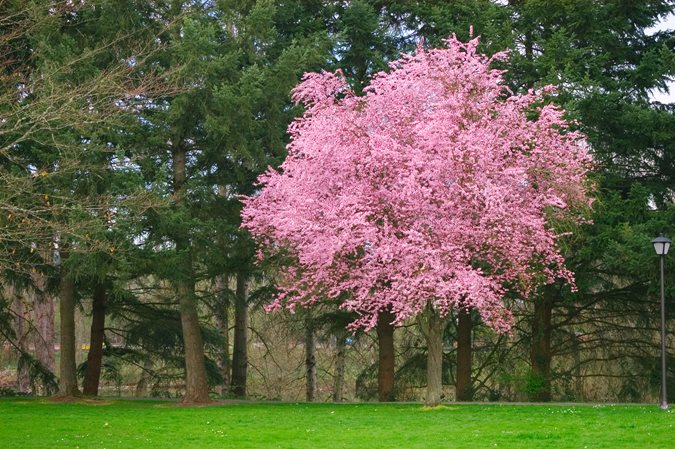
Comparison Table of Decorative Plum Tree Varieties
| Variety | Flower Color | Leaf Color | Average Height | Fruit Edibility |
|---|---|---|---|---|
| Cherry Plum | Pink | Green | 15-25 ft | Yes |
| Purple Leaf Plum | Pink | Purple | 20-30 ft | No |
| Thunberg’s Cherry Plum | White | Green | 10-15 ft | Yes |
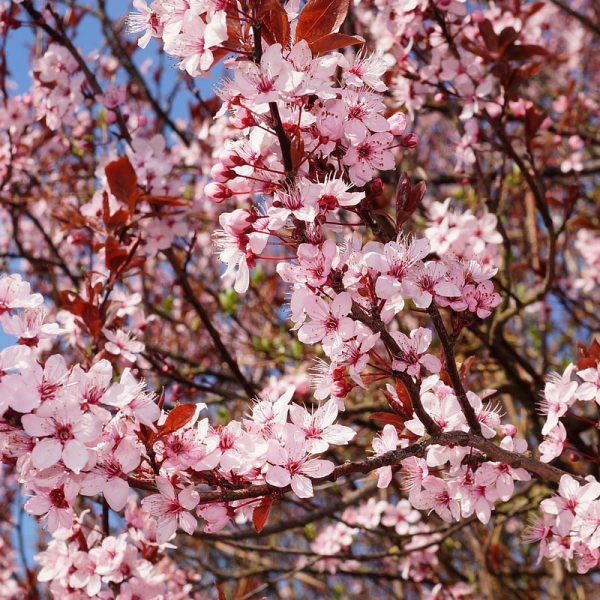
Benefits of Planting a Decorative Plum Tree
Choosing to plant a decorative plum tree can offer you numerous advantages, both aesthetic and practical. Here are some benefits you can look forward to:
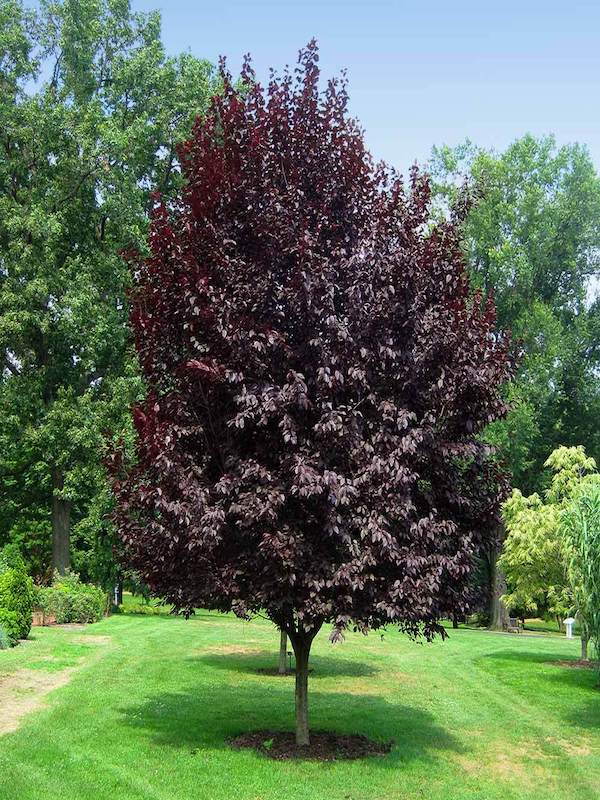
- Visual Appeal: The vibrant flowers and foliage enhance the beauty of any garden.
- Wildlife Habitat: Provides food and shelter for various birds and insects.
- Fast Growth: Decorative plum trees tend to grow quickly, offering relatively quick results.
Personal Experience: My Journey with Decorative Plum Trees
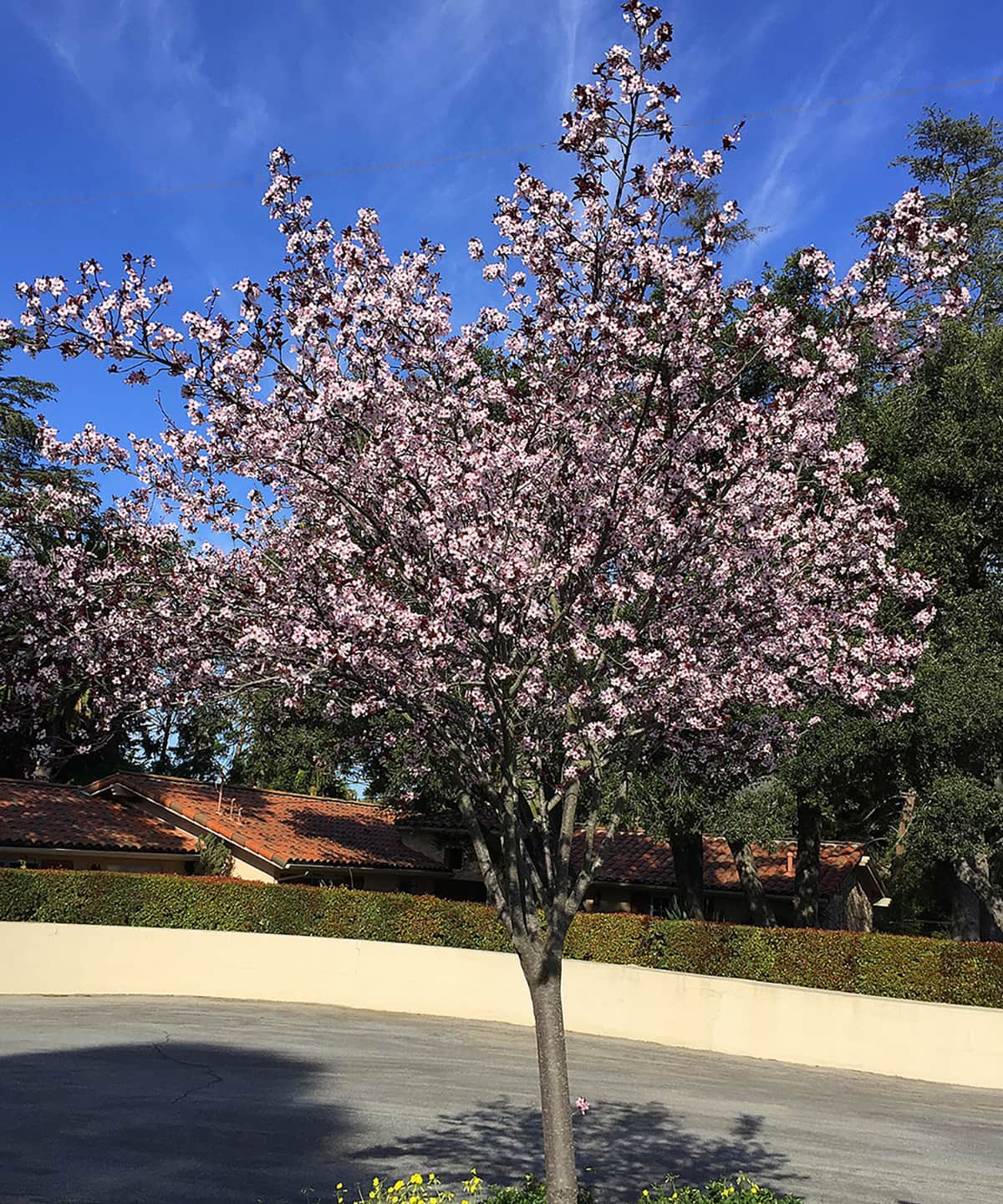
When I first decided to plant a decorative plum tree, I had no idea what to expect. After researching various types, I opted for the Purple Leaf Plum for its striking appearance. Watching it bloom in the spring transformed my garden into a picturesque scene. The tree not only attracted various pollinators but also became the centerpiece of my yard.
Planting Decorative Plum Trees
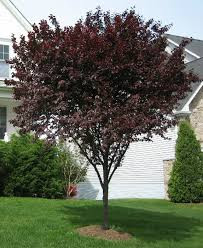
Choosing the Right Location
Before planting, it’s crucial to select an appropriate location. Decorative plum trees thrive best in:
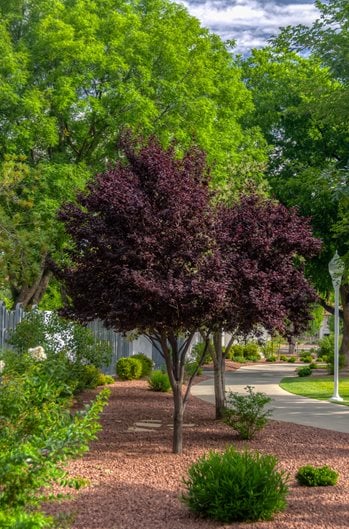
- Sunlight: Ensure the tree receives at least 6 hours of direct sunlight daily.
- Soil: Well-drained soil is essential; sandy loam or clay-loam is optimal.
- Space: Allow enough space for the tree to spread its branches and grow.
Best Time to Plant
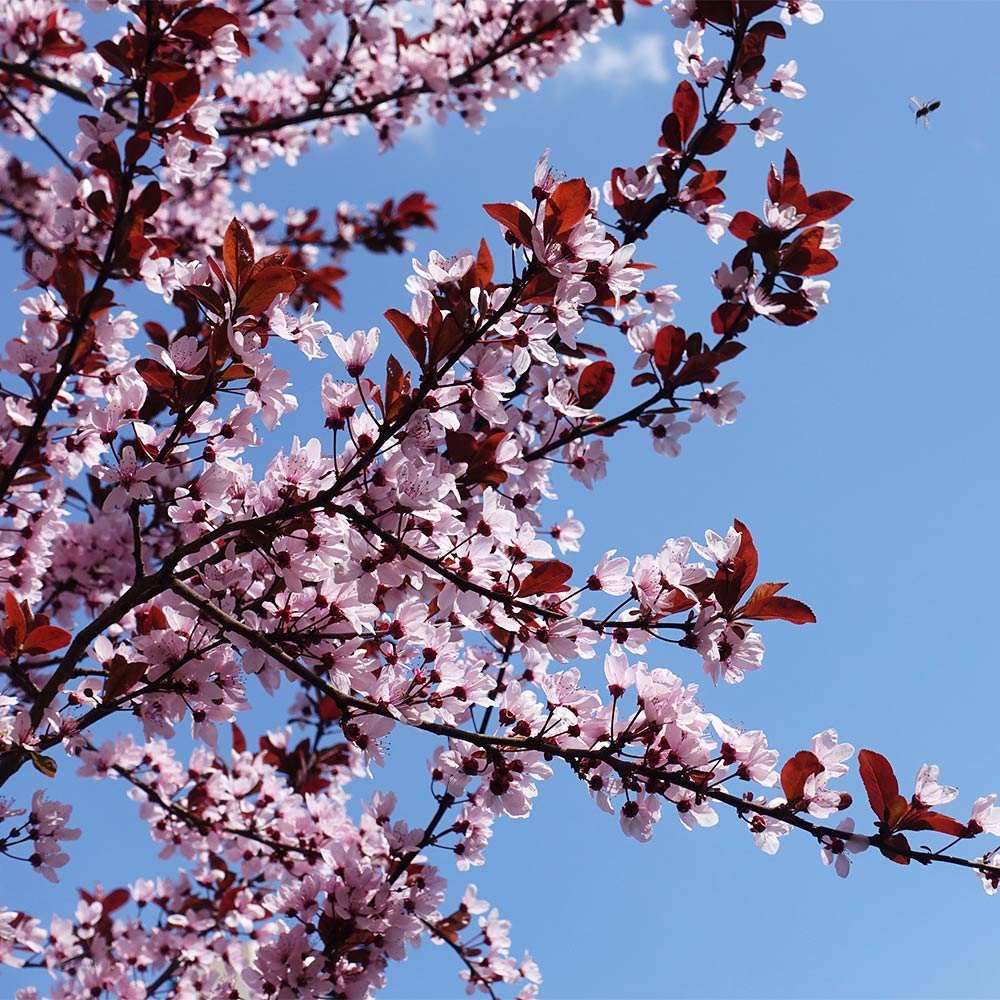
The best season to plant a decorative plum tree is during the spring or fall when the weather is more temperate. This allows the roots to establish before extreme weather conditions occur.
Steps to Plant Your Decorative Plum Tree
- Dig a hole twice as wide as the root ball and as deep as the root.
- Gently place the tree in the hole, ensuring the root collar is level with the ground.
- Backfill the hole with soil and water it thoroughly.
- Apply mulch around the base to retain moisture and suppress weeds.
Care and Maintenance
Watering
Watering is crucial, especially during the initial growth period. Here are some guidelines:
- Water deeply once a week during dry spells.
- Use mulch to help retain soil moisture.
Fertilization
Feed your decorative plum tree with a balanced fertilizer in early spring. A nitrogen-rich formula works well for promoting growth and flowering.
Pruning Techniques
Regular pruning enhances airflow and encourages new growth. Consider these tips:
- Prune in late winter or early spring before blooming.
- Eliminate any dead or diseased branches.
- Shape the tree to maintain its aesthetic form.
Pests and Diseases
While decorative plum trees are generally hardy, they can be susceptible to certain pests and diseases. Here are some common threats:
- Aphids: These small insects can weaken your tree. Use insecticidal soap to manage infestations.
- Brown Rot: This fungal disease affects blossoms and fruit. Ensure good airflow and remove infected parts promptly.
Notes on Handling Pests and Diseases
Regularly inspect your tree for signs of pests or diseases. Early detection can save your tree from severe damage.
Pros and Cons of Decorative Plum Trees
Pros
- Gorgeous flowering in spring.
- Low maintenance once established.
- Attracts beneficial wildlife.
Cons
- Can be prone to pests and diseases.
- Some varieties may produce small, inedible fruits.
Frequently Asked Questions (FAQs)
1. How fast do decorative plum trees grow?
On average, decorative plum trees can grow between 1 to 2 feet per year, depending on conditions.
2. Can decorative plum trees be kept in containers?
Yes, smaller varieties can be placed in large pots, but they will need regular watering and fertilization.
3. When do decorative plum trees bloom?
Most varieties bloom in early spring, typically between March and April.
4. Are decorative plum trees resistant to drought?
While they are somewhat drought-tolerant once established, regular watering is essential during dry periods.
5. How do you know if my tree is healthy?
A healthy decorative plum tree will have vibrant leaves, abundant blossoms, and no signs of pest infestation or disease.
Conclusion
In conclusion, planting a decorative plum tree can add a breathtaking element to your garden. By following the tips and insights shared in this guide, you’ll be well-equipped to provide the care and attention your tree needs to flourish. Enjoy the beauty that this incredible tree brings, and may your gardening journey be filled with vibrant blooms and lush foliage!